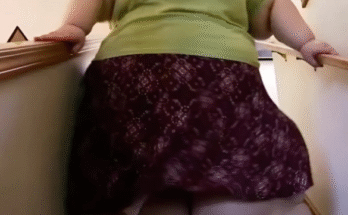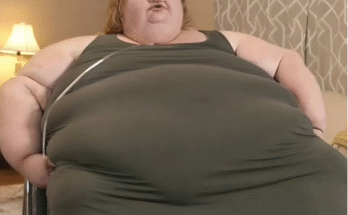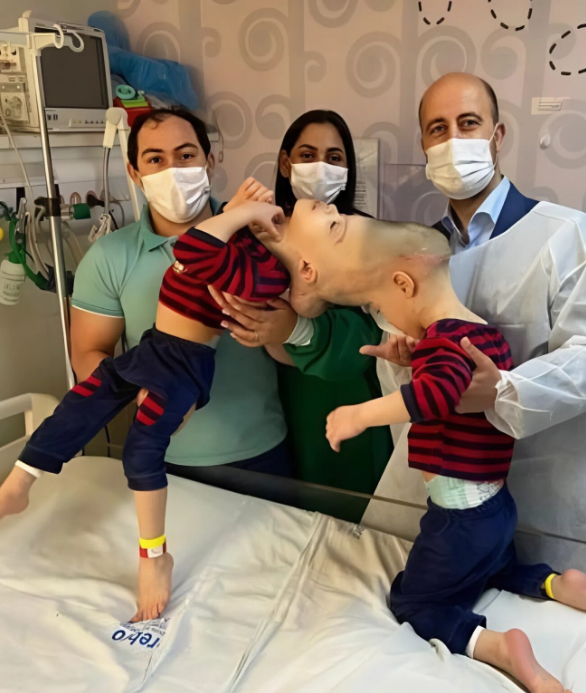
At just four years old, doctors made the bold decision to attempt a separation. What followed was a historic 23-hour surgery with nearly 100 specialists working side by side. 😲 The operation was incredibly risky 😨 — but it ended in success.
Now begins a new chapter for the boys. They face developmental challenges and are courageously relearning how to speak and walk. 😱
Their incredible journey — and the first photos of their lives after separation — can be seen in the first comment. 👇👇
In August 2022, Brazil became the stage for what many doctors called nothing short of a medical miracle. Two little boys, Arthur and Bernardo Lima, born in 2018, had always been inseparable — but not in the way most twins are. They were craniopagus twins, their skulls fused together in one of the rarest conditions on earth, seen only once in every 2.5 million births.
From their very first breath, Arthur and Bernardo shared far more than childhood moments — they shared blood vessels, brain tissue, and every single experience of life itself.
For nearly four years, the boys lived side by side, bound together in ways few could imagine. They ate together, played together, and drifted to sleep each night to the rhythm of each other’s breathing. Their parents spoke of the quiet heartbreak of watching them grow this way — so close, yet unable to ever look one another in the eyes.
Just imagine: knowing your twin’s laugh, feeling his every movement, hearing his voice daily… but never once being able to share a simple, direct glance.
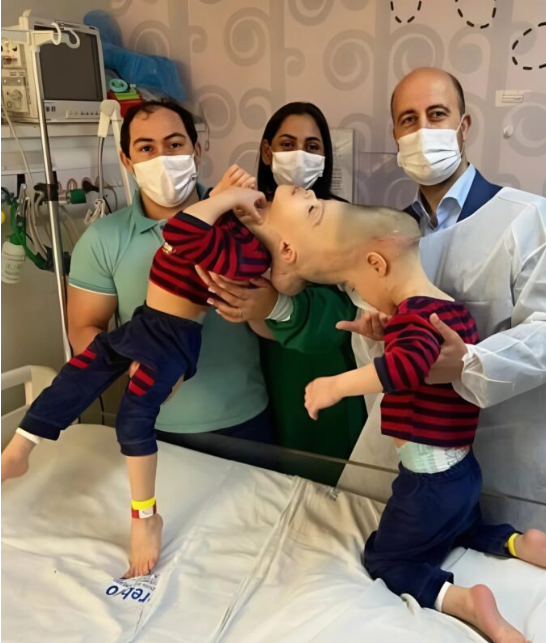
The family eventually found hope at a children’s hospital in Rio de Janeiro, where more than 100 specialists united for what many called the challenge of a lifetime. At the forefront was Dr. Noor Suryate Gurjar, a surgeon who had previously separated conjoined twins in India.
What made Arthur and Bernardo’s case extraordinary wasn’t just its complexity — it was the groundbreaking technology that guided the team. For the first time in Brazil, doctors created highly detailed 3D models of the boys’ skulls and used virtual reality headsets to rehearse the procedure. Inside this digital world, surgeons could practice again and again, carefully mapping out how to separate the fragile network of shared blood vessels and brain tissue.
Every move had to be perfect. As one doctor explained, “one wrong cut could have cost them both their lives.”
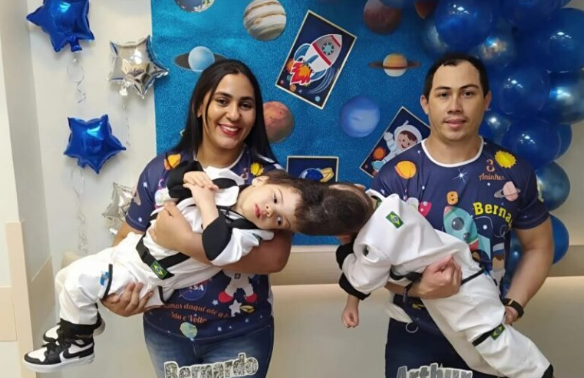
In the months leading up to the big day, Arthur and Bernardo endured eight preparatory procedures. Each one was vital — carefully rerouting blood flow and building new pathways to give the final separation a chance at success. Their parents lived through every moment with hearts full of fear and fragile hope, watching their boys undergo endless scans, simulations, and surgeries. Step by step, the dream of freedom came closer.
Then came the decisive moment. The final operation stretched over 23 grueling hours. Surgeons rotated in shifts, refusing to leave until the boys were safely apart. The atmosphere was electric with tension — every movement of the scalpel carried unthinkable risk, every second felt like walking a tightrope.
And then… it happened. At last, the team succeeded. For the first time since birth, Arthur and Bernardo lay on separate beds. The doctors gently turned them toward one another, and in that miraculous instant, the twins locked eyes for the very first time.
Witnesses described the scene as unforgettable — the operating room erupting with applause, tears streaming down faces, a wave of pure relief washing over everyone. It felt less like a surgery’s end and more like a second birth, a moment when two little boys were finally free to meet each other face-to-face.

But separation was only the start of a new chapter. For Arthur and Bernardo, the road ahead is filled with challenges — and possibilities. Because their bodies had been so closely intertwined, they must now relearn life itself: how to sit, how to stand, how to walk, even how to speak.
Every day, therapists work patiently by their side, guiding them step by step as they discover independence for the very first time. Their mother describes this stage as witnessing her children’s birth all over again — a process both bittersweet and profoundly hopeful.
For the boys, every milestone is more than progress. It’s proof that miracles don’t end in the operating room — they continue to unfold in the quiet, determined moments of recovery.
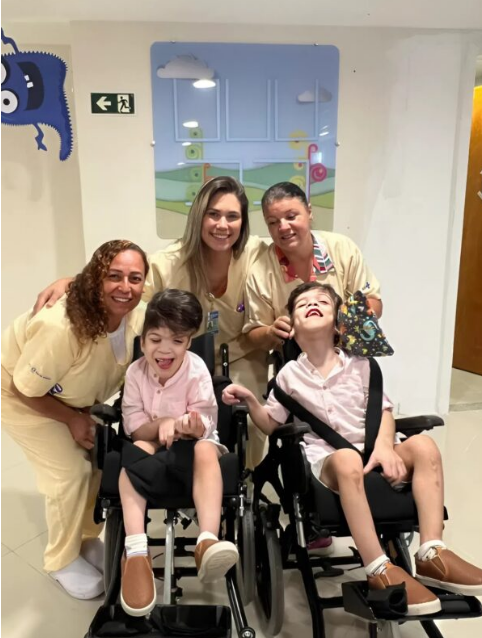
Arthur and Bernardo’s journey is far more than a medical triumph. It stands as a powerful testament to resilience, collaboration, and the extraordinary blend of cutting-edge science and human determination.
Once bound together in a life that offered no choice, these boys now have the chance to forge their own paths. The road ahead will be long and filled with challenges, but with every step they take, every word they speak, and every glance they share, Arthur and Bernardo show the world what true courage—and a real-life miracle—truly looks like.
